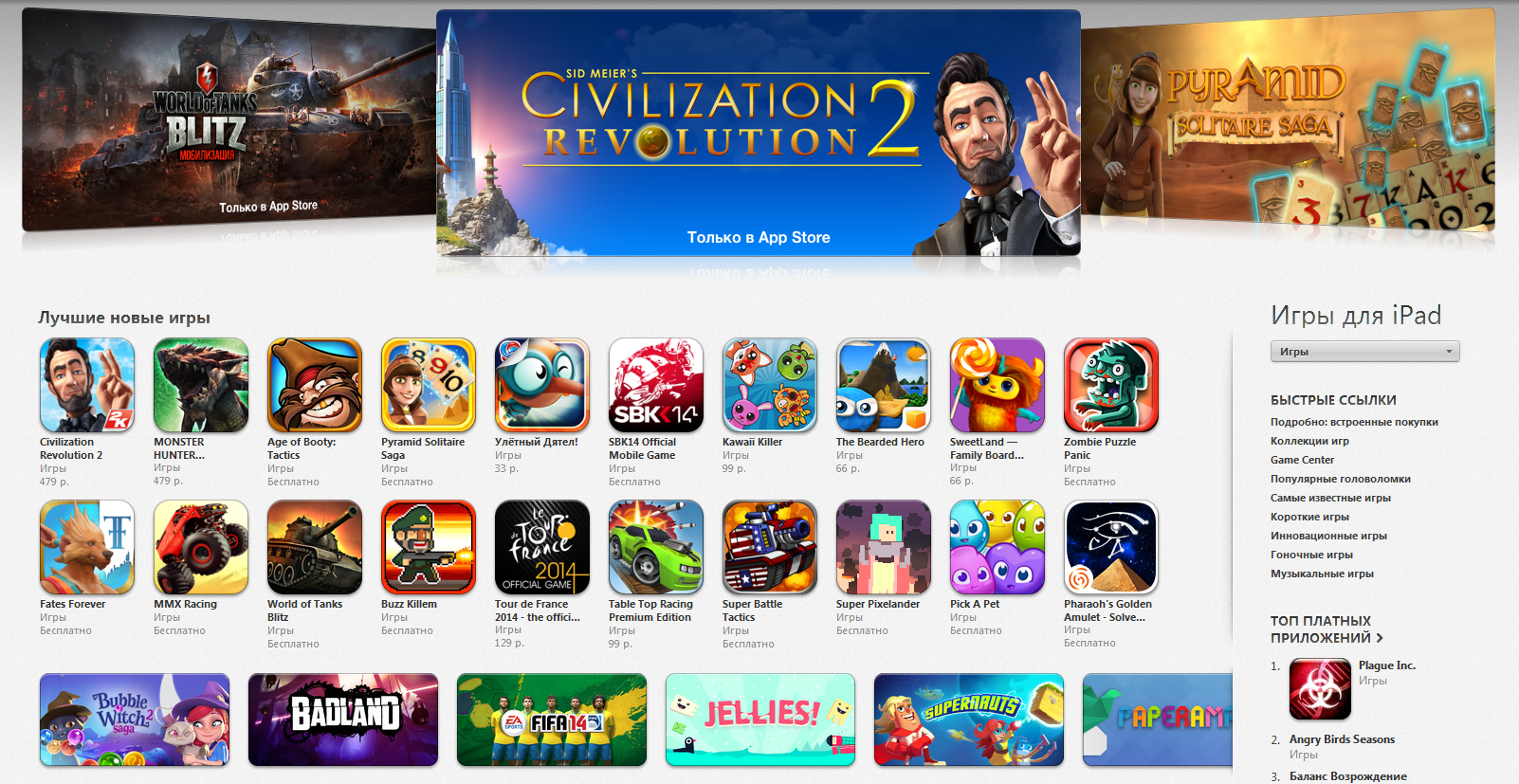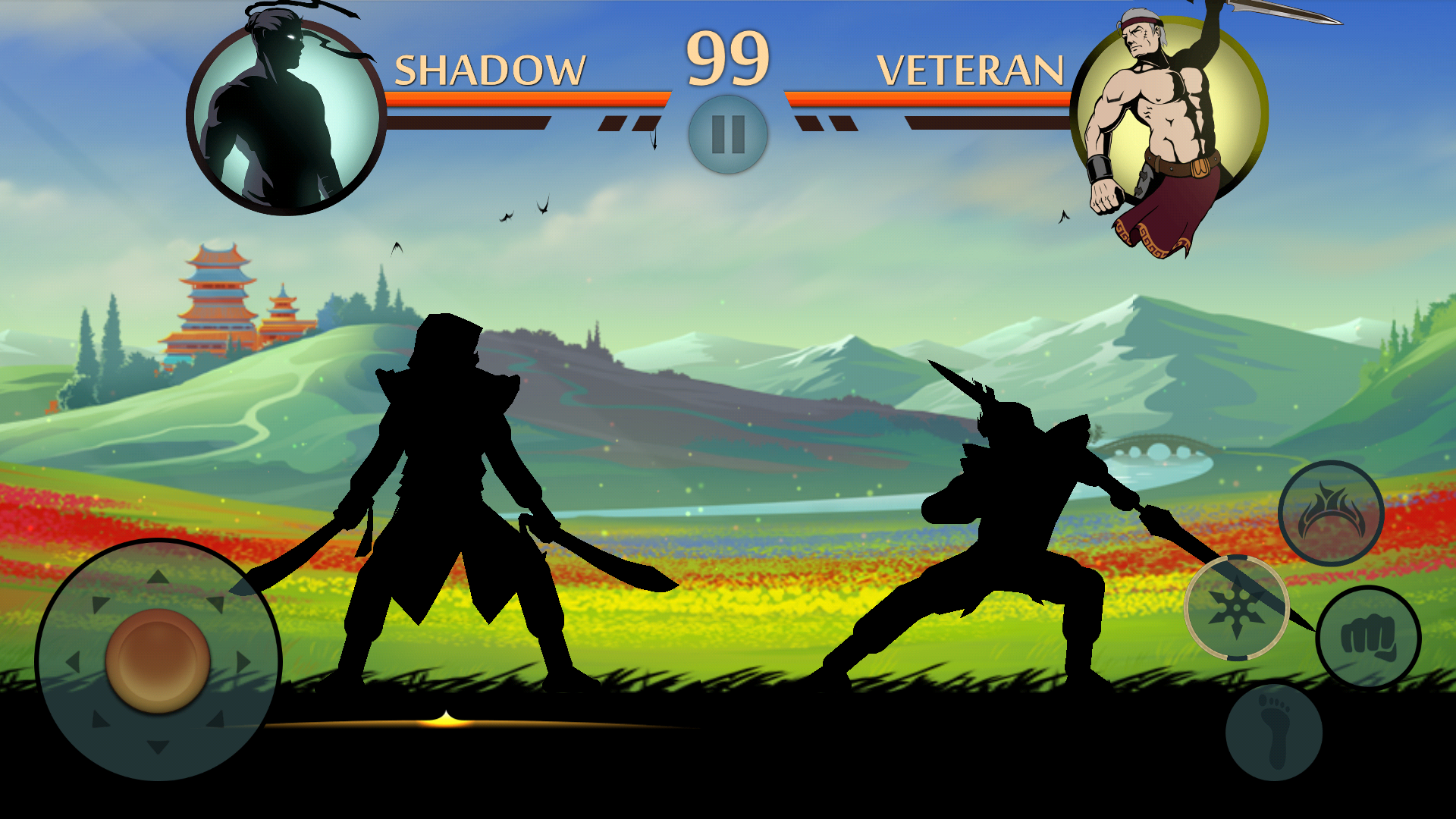Dmitry Terekhin, CEO of Nekki, presented App2Top.ru an expanded version of his report “Word of Mouth as the key to the success of a mobile game”, which was read at the White Nights 2014 conference.
The mobile games market is growing in size every month. This is happening even now, at this very moment: more and more users are buying smartphones and tablets, using the mobile Internet more often and coming to the conclusion that it’s time to download a mobile game.
According to the forecasts of analysts from Newzoo, this year the turnover of the mobile games market will be more than $ 21.5 billion.
A huge amount, isn’t it?
But here’s the question: why, despite the fact that the mobile games market has almost caught up with the console games market, so many companies and projects fail on it? Why do even high-quality and sensible projects go unnoticed by most users (the number of which, by the way, is now more than 1 billion)?
Everything is simple.
There are too many games on the market right now (and there are more and more of them every day). The supply is many times higher than the demand.
There is not enough space for everyone
At the same time, the players themselves are becoming more demanding from game to game. They get used to certain chips, features, private updates, they don’t want to lose it.
Plus, even for those developers who understand that there is an increase in standards, there is a problem of limited space on the virtual shelves of application stores.
And, as a result, the winners are those who either came to the market first, managed to gain a foothold, or those behind whose backs there is serious financial capital.
However, do not think that it is easy for market leaders now, they are in a kind of closed cycle today.
Probably everyone knows the rule: LTV should be greater than CPI. Or, in Russian: the player must pay more than we pay for his purchase.
But in the current conditions, when several hundred, if not thousands of products appear on the market every day, the user’s cost is growing. This, in turn, means that it is necessary to “knock out” more and more large sums from the existing audience. Such “tightening of the screws” leads to the outflow of a certain percentage of users, which ultimately increases their cost again.
The market leaders themselves add fuel to the fire, who pour huge budgets into advertising in order to buy up all advertising spaces ahead of competitors, and at the same time raise the price and build a barrier against newcomers, small and medium-sized companies.
Supercell buys inventory wherever it can
In general, we can draw the following preliminary conclusion: today there are real barriers in the market.
How to overcome them?
We believe that word of mouth can help in this. I am sure that many people have the following association with these words: money, bazaar, gossip.
But in fact, it all looks a little different:
- The student has installed an interesting game, plays it with passion, friends are watching and want to play too;
- You eat in the subway, watch what people are playing in the car;
- Moms are waiting for a child from the circle, they play, perhaps if they are waiting with friends, they begin to compete with each other.
So the game gets new users, but you don’t pay anything for it.
We also like to compare word of mouth with a virus: a person gets infected himself, and then infects others, they infect others, and so on.
And, by the way, do not mix “word of mouth” and “virality”.
The latter implies spam, invitations carried out with the help of a rich toolkit of social networks and messengers. In our projects, the maximum effect from them did not exceed 10% (for ten people who sent out invitations, there was one new user).
Word of mouth, on the contrary, is an expanding stream. Even just one person can provoke it. He will call a friend, he will call his friends, they will call their own, and so on.
It turns out the effect of a snowball. Under sufficient conditions, it develops into an avalanche that can no longer be stopped. Therefore, the right word of mouth, it is no longer just a virus, it is an epidemic.
How does the epidemic begin? The child got the flu, came to school, infected the whole class, then the whole school got infected, then it spread to other schools. By the way, the mobile game Plague Inc. demonstrates this effect very well.
Plague Inc.
In order for the virus to provoke an epidemic, the main factors of influence must overcome some point of no return.
By the main factors I mean:
- social graph (how closely the objects of infection interact with each other);
- the susceptibility of these objects (their immunity to the virus);
- directly the power of the virus.
These factors need to be kept in mind when creating a product and answering the main questions:
- who are we making the product for?
- what exactly are we doing?
- how do we do it?
WHO ARE WE DOING THIS FOR?
To achieve the maximum effect from word of mouth, you need to choose an audience with strong social connections and understand how it all works. Which clusters (closely related groups) users form, who are the agents of influence.
As an example, we can recall the appearance of the Facebook network.
The network appeared as a service for students, first within one university (within one cluster). Enthusiasts of the new service have become agents of influence, involving the entire student community in the network. Then the service alternately opened for new universities, and the “virus” spread to them.
what are we doing?
What should the product be like to make it harder for users to resist it? The main thing here is the need. The product must be in demand. It happens that the need lies on the surface.
When VKontakte already had a large audience, there was a need for interaction on an excellent, new level within it. This need was satisfied by the well-known “Farm” today. It has become a virus that has overwhelmed everyone, even those who have not played games before (and after).
With the arrival of a large number of companies and products on the market, the basic needs of users are satisfied. In this case, the only possible way out for beginners is to search and create new niches.
When we decided to launch the Shadow Fight game in VKontakte, there were no fighting games there. At the same time, our game went against all the canons. We were told that no one would play a social game with a keyboard.
But it turned out that a huge audience had a need for our game. “Shadow Fight” without advertising was able to gain about 50 million users.
Shadow Fight 2
When the competition in the market is already high, when all the delicious niches are occupied, there is an option to “reinvent” the niche by radically changing the rules of the game. This allows you to open this niche to a new, wider audience. This way the basic gameplay can be simplified.
When we started developing the 11×11 game, there were already many projects in the genre of football managers, and our Golden Boot game was the market leader.
In 11×11, we decided to try to simplify our hit: we turned a hardcore project into a game accessible to the widest audience. After the release, the project entered the top three most popular browser games at that time, significantly surpassing the results of the Golden Boot.
HOW TO DO?
You can talk for a long time about the importance of project quality, polishing. All this is true, but, as it seems to us, the main thing is still the author’s approach, the creation of a “project with a soul”.
To do this, it is necessary that the team feels its authorship, that it burns with what we are doing, wants to be proud of the future game and does everything for this.
recommendations
Don’t make clones. Many (especially novice developers are guilty of this) like to say: “we will make Clash of Clans, but better.” Let’s say the team succeeds in doing this, but the clone will never cause a new wave of word of mouth, because the original sufficiently satisfies the needs of its audience.
Artificial virality will not help either: no matter how much you force players to send spam, there will be no snowball effect.
Yes, it is not necessary to squeeze money out of players too harshly: this will push them away from the game and they will not tell their friends about it.
For the same reason, the game should not be too difficult, especially at the beginning. Flappy bird is an exception to this rule.
The game must have depth, otherwise even with a successful word of mouth, the game will flash and go out. Like, for example, the same Flappy Bird, or once at My Brute.
The game should not be too easy to copy, otherwise someone may have time to intercept your word of mouth by making a similar project and accelerating its development by investing traffic and money (this happened with Threes!).
Technology should not be an end in itself. If you have made games in 2d and decided to make them in 3d, then it is better to choose a game that would be impossible in 2d. Then 3d will be justified.
The need for a product should be real, not momentary. I think many of you have installed the Secret app, but probably later deleted or stopped using it. There was no real need for it.
Bottom line: to get word of mouth, you need to develop a game:
- aimed at an audience with strong social connections;
- satisfying the unrealized need of this group;
- with a soul, high-quality, innovative.
And in no case, we are not making a clone, we are not making a complex game, a project whose concept is sucked out of the finger and is designed only to squeeze money.
And in conclusion, I would like to say: “Make good, popular games!”. This is the only way you can unravel the secret of word of mouth.
Report
Presentation





